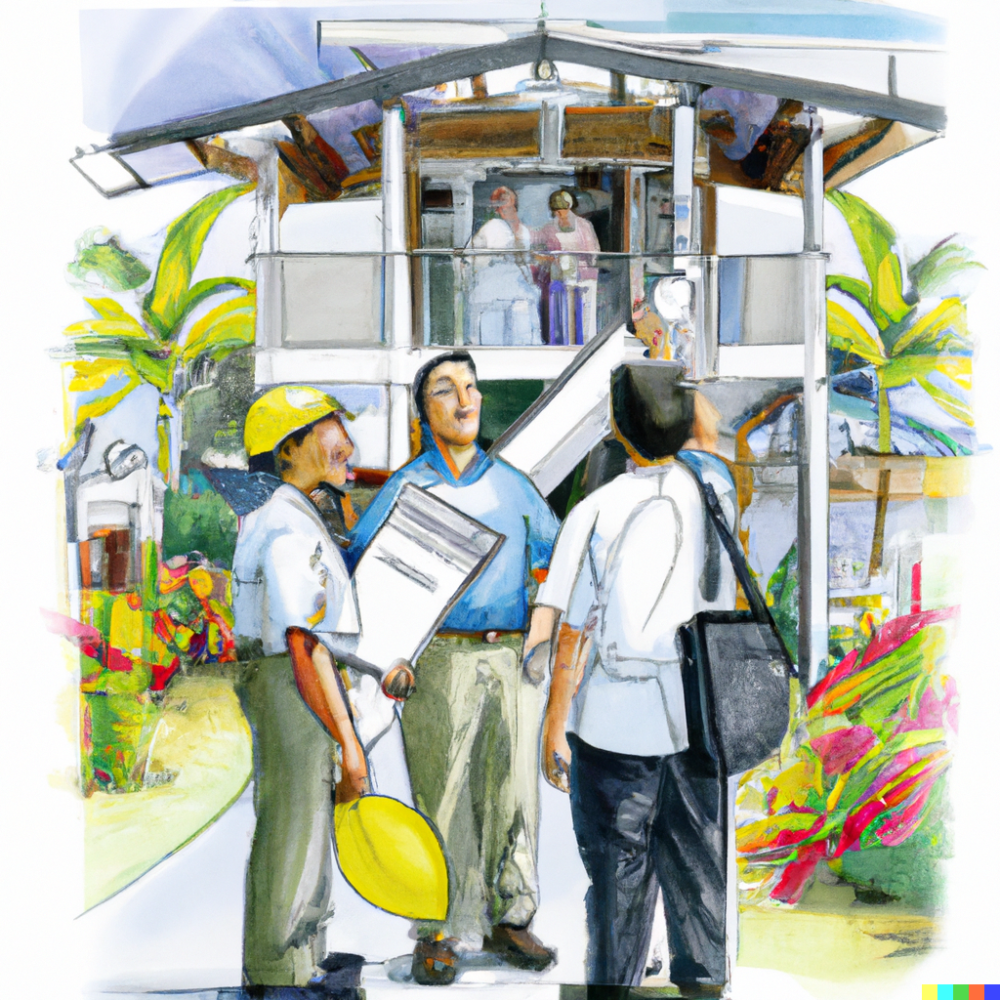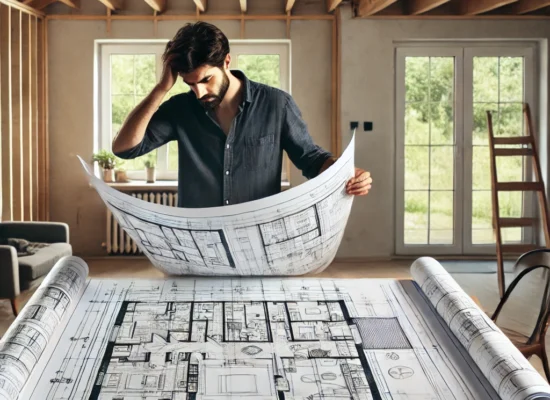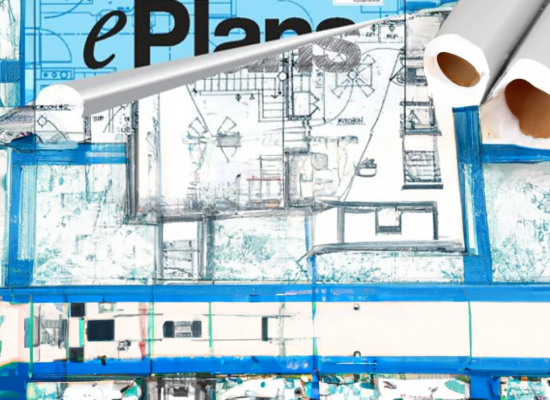Owner Responsibilities: Information, Budget, Representation, Coordination, and Communication.
AIA Document B101 outlines the owner’s responsibilities in a construction project. As the owner, it’s important to understand what is expected of you to ensure the success of the project. Here’s a breakdown of the key responsibilities outlined in Article 5 of the AIA Document B101.
Provision of Information
According to AIA Document B101, the owner must provide information to the architect in a timely manner. This information includes the owner’s objectives, schedule, constraints, and criteria for the project. The owner must also furnish the architect with surveys and legal information about the site of the project, including physical characteristics, legal limitations, and utility locations.
Establishment and Maintenance of Budget
The owner is responsible for establishing and periodically updating the budget for the project. This includes the cost of the work and any other costs associated with the project, as well as reasonable contingencies. If the owner significantly increases or decreases the budget, they must notify the architect.
Identification of Representative
The owner must identify a representative who is authorized to act on their behalf with respect to the project. This representative must make decisions and approve the architect’s submittals in a timely manner to avoid any delays.
Geotechnical Engineers and Consultants
The owner is responsible for providing geotechnical engineers, as well as coordinating the services of their own consultants with those provided by the architect. The owner must also require their consultants to maintain professional liability insurance.
Tests and Inspections
The owner must furnish any tests, inspections, and reports required by law or the contract documents, such as structural, mechanical, and chemical tests.
Legal, Insurance, and Accounting Services
The owner must provide all legal, insurance, and accounting services that may be necessary for the project at any time.
Notice of Defects
The owner must provide prompt written notice to the architect if they become aware of any faults or defects in the project.
Communication
The owner is expected to communicate with the contractor and the architect’s consultants through the architect. They must also promptly notify the architect of any direct communications that may affect the architect’s services.
Coordination of Architect’s Duties and Responsibilities
Before executing the contract for construction, the owner must coordinate the architect’s duties and responsibilities with their services. They must also provide the architect with a copy of the executed agreement between the owner and the contractor.
Access to Project Site
Finally, the owner must provide the architect with access to the project site prior to the commencement of the work.
In conclusion, the owner’s responsibilities outlined in Article 5 of AIA Document B101 are essential for the success of a construction project. As the owner, it’s important to understand and fulfill these responsibilities to ensure a smooth process.
 Copyright secured by Digiprove
Copyright secured by Digiprove 



